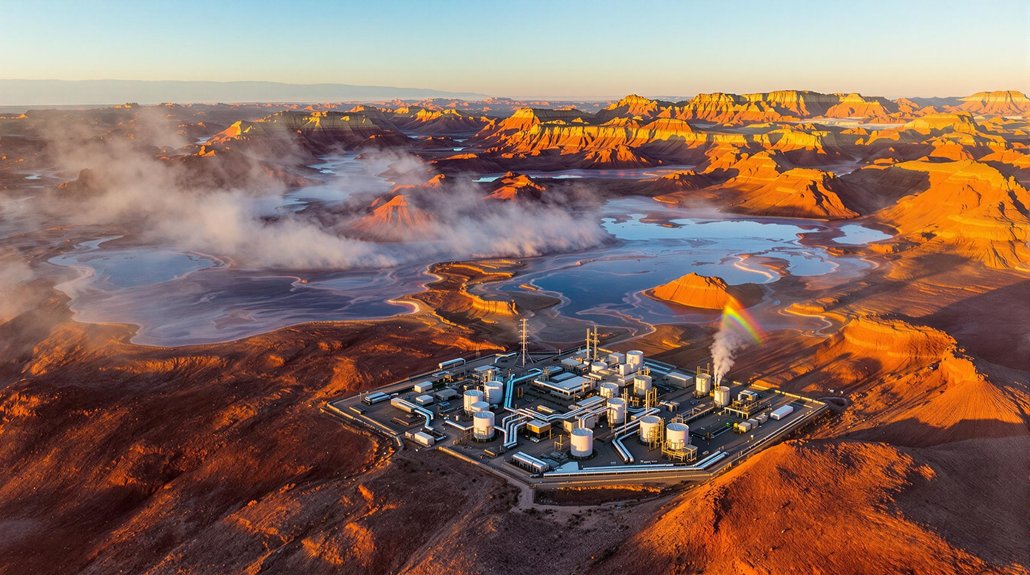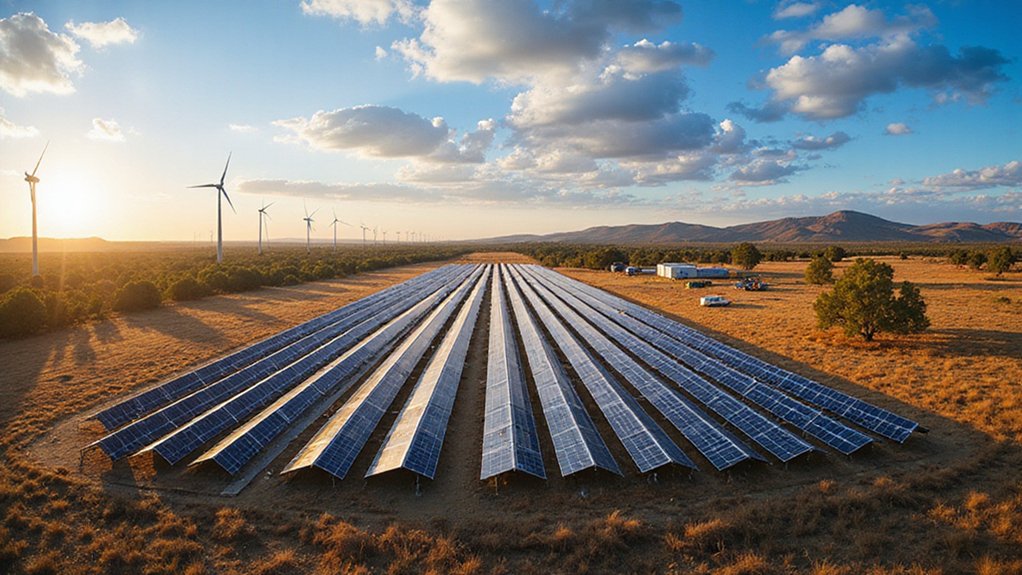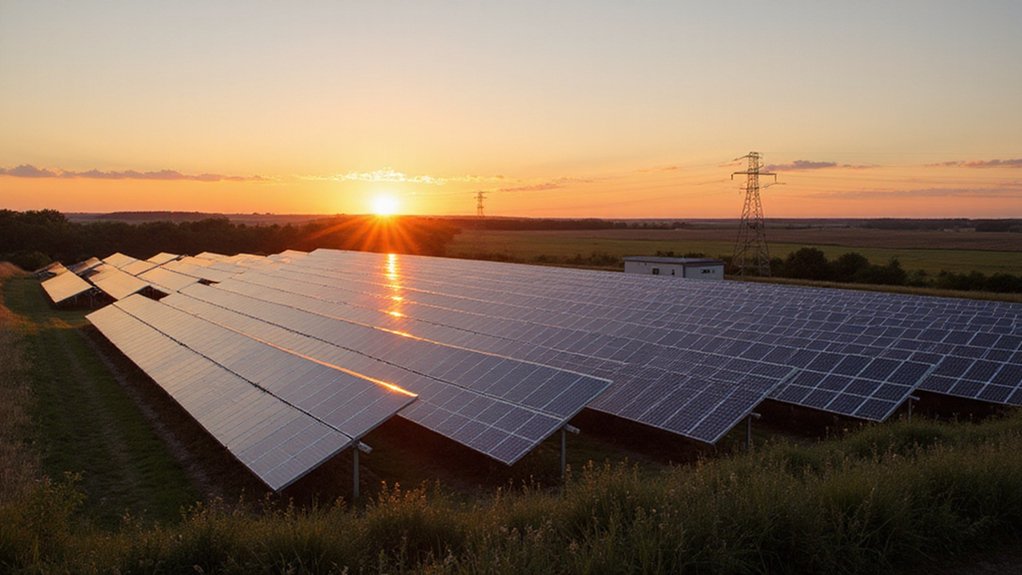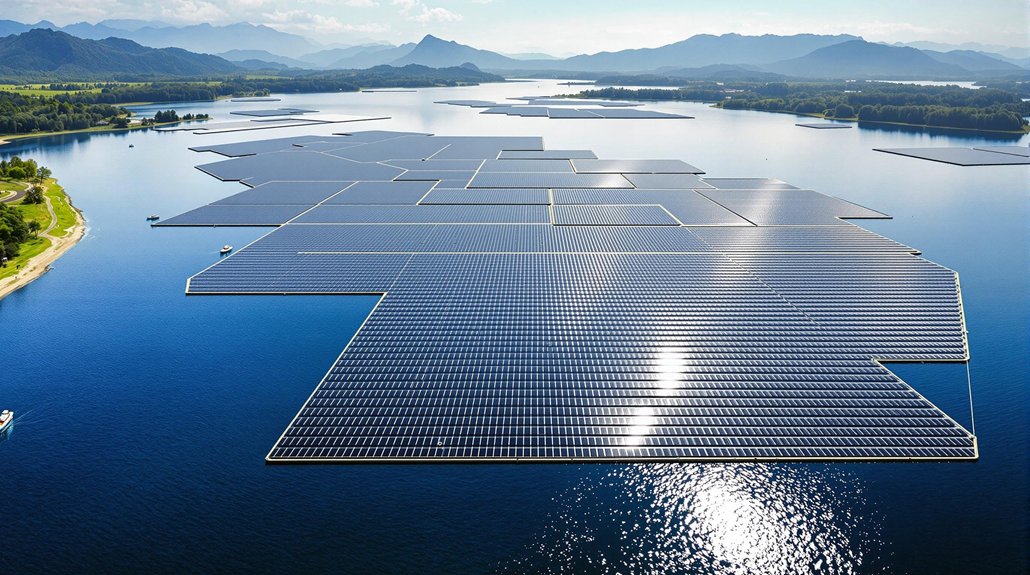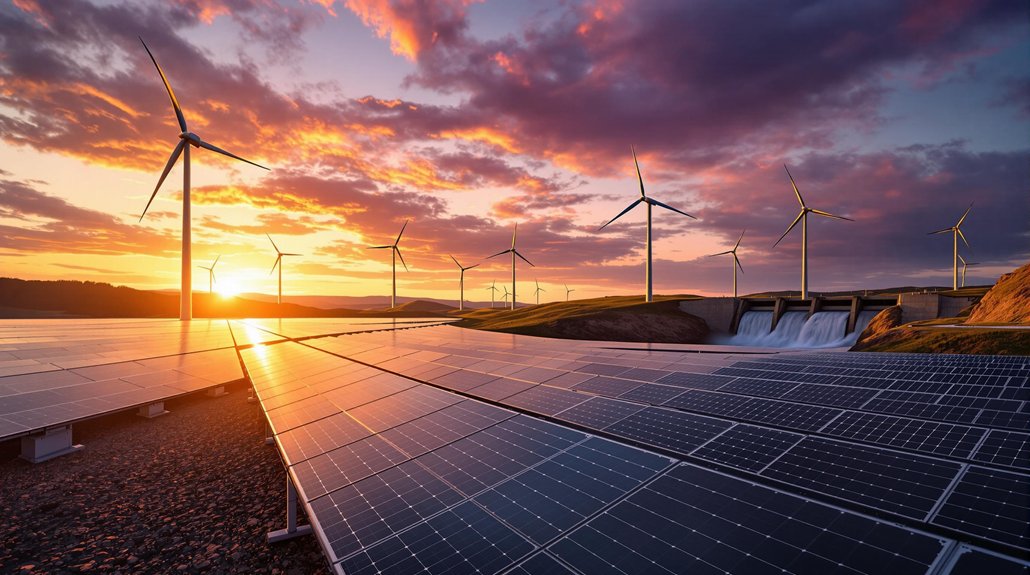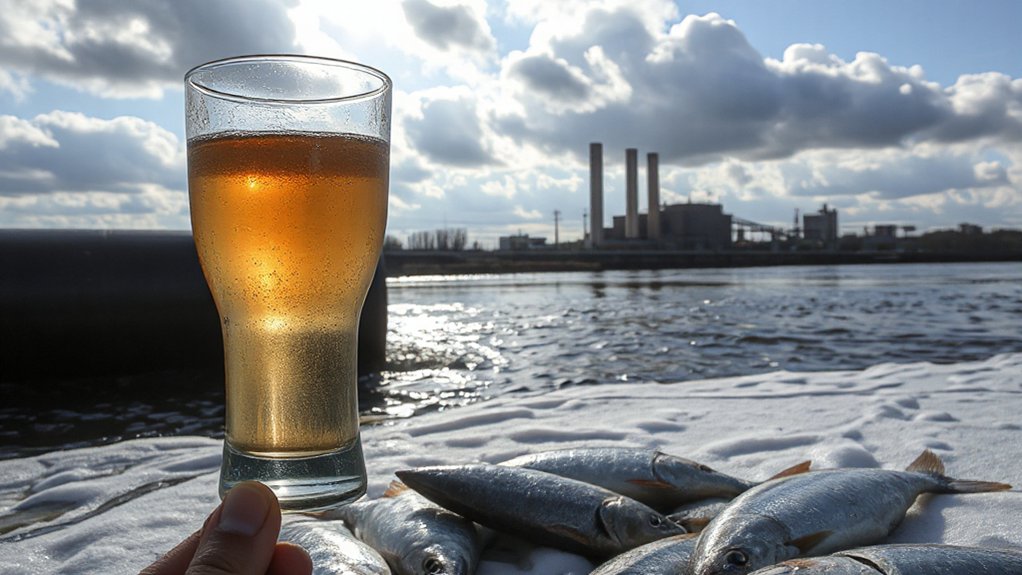Moose Cree First Nation and Taykwa Tagamou Nation are partnering with Ontario’s government to build two hydroelectric facilities in Northern Ontario. The historic collaboration will generate 430 megawatts of power, enough for 430,000 homes. The project will create 2,000 jobs during construction and address the region’s growing energy needs. Environmental studies and Indigenous knowledge will guide the development. This partnership marks a new model for equitable energy projects with First Nations leadership.
A groundbreaking partnership between First Nations and the Ontario government marks a new era for energy development in Northern Ontario. The Moose Cree First Nation and Taykwa Tagamou Nation are co-leading two major hydroelectric projects that will generate 430 megawatts of power, enough for 430,000 homes. This collaboration represents decades of effort to establish meaningful participation and nation-to-nation cooperation.
The proposed hydro stations will be built at Nine Mile Rapids on the Abitibi River and Grand Rapids on the Mattagami River. These will be Ontario’s first new hydro facilities in over a decade, with an expected timeline of eight to nine years for completion, including environmental studies, design, and construction phases.
The twin hydro projects at Nine Mile Rapids and Grand Rapids represent Ontario’s first major dam investment in a decade.
The projects address Northern Ontario’s growing energy demands, which are projected to increase by 81% by 2050. This growth is largely driven by expanding mining operations and industrial development in the region. The new facilities will reduce reliance on long-distance transmission by generating power closer to where it’s needed.
Environmental responsibility is a central focus, with baseline environmental studies being conducted as a priority. The planning incorporates First Nations’ knowledge of local ecosystems to minimize disruption while providing low-carbon, renewable energy that supports Canada’s climate goals. The development team is exploring innovative run-of-river systems that could significantly reduce methane emissions compared to traditional reservoir-based hydropower.
The economic benefits are substantial, with an estimated 2,000 jobs to be created during planning and construction. The partnership guarantees that economic returns will benefit local communities, while also improving energy security and potentially reducing costs for residents and businesses.
Government officials point to streamlined bureaucracy as a key improvement in this process. Both Energy Minister Stephen Lecce and Northern Economic Development Minister George Pirie have expressed strong support for these projects, highlighting the importance of clean, reliable energy for the region’s future development. These hydro projects have been in development for 30 years, demonstrating the long-term commitment to sustainable power generation in the region. The projects are part of Ontario’s $4.7 billion energy infrastructure program and represent a new model for equitable energy change projects with Indigenous leadership.
This collaborative approach signals an important shift in how large-scale infrastructure projects are managed in Canada, with First Nations communities playing a central role in development decisions that affect their traditional territories.

